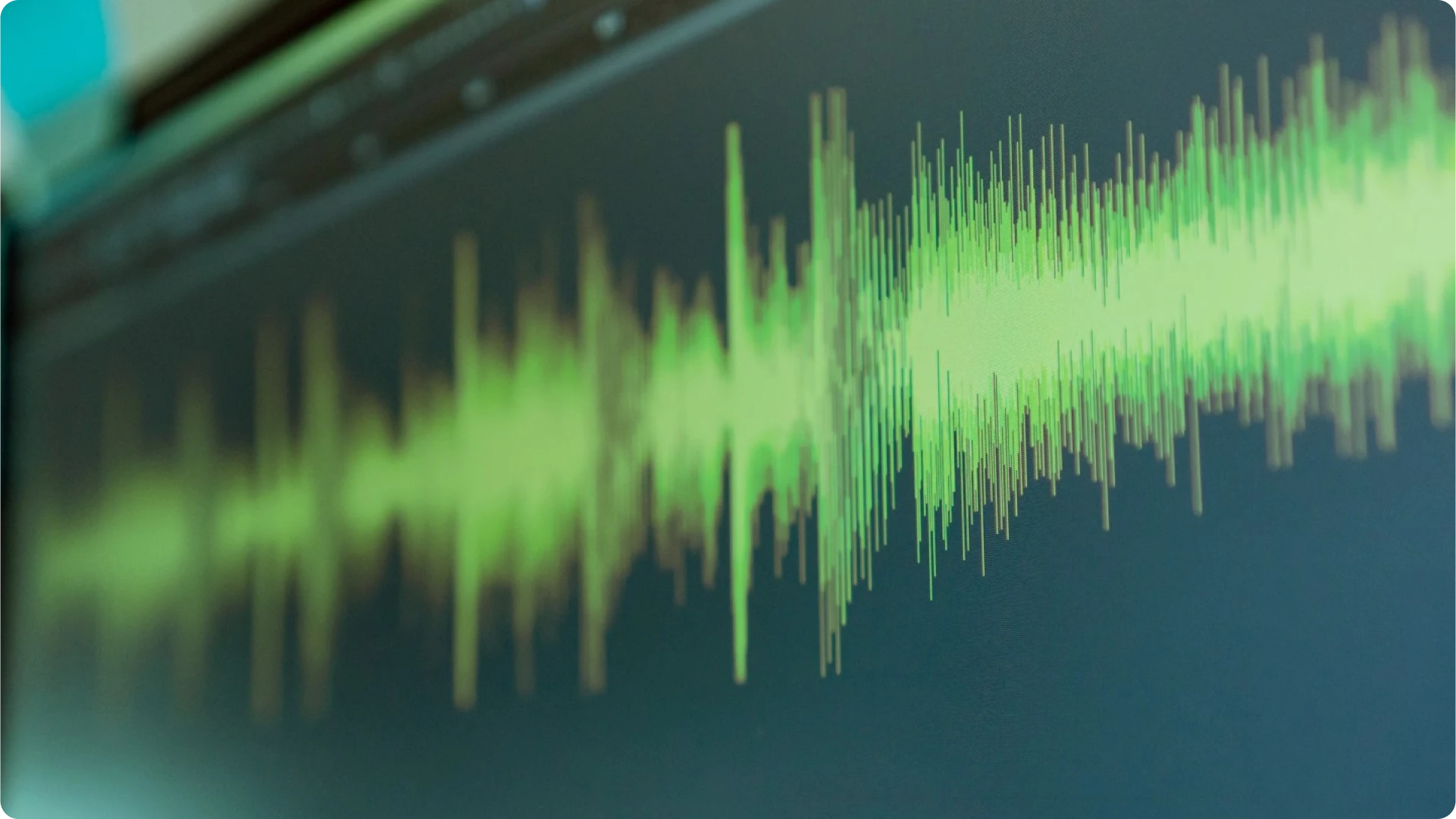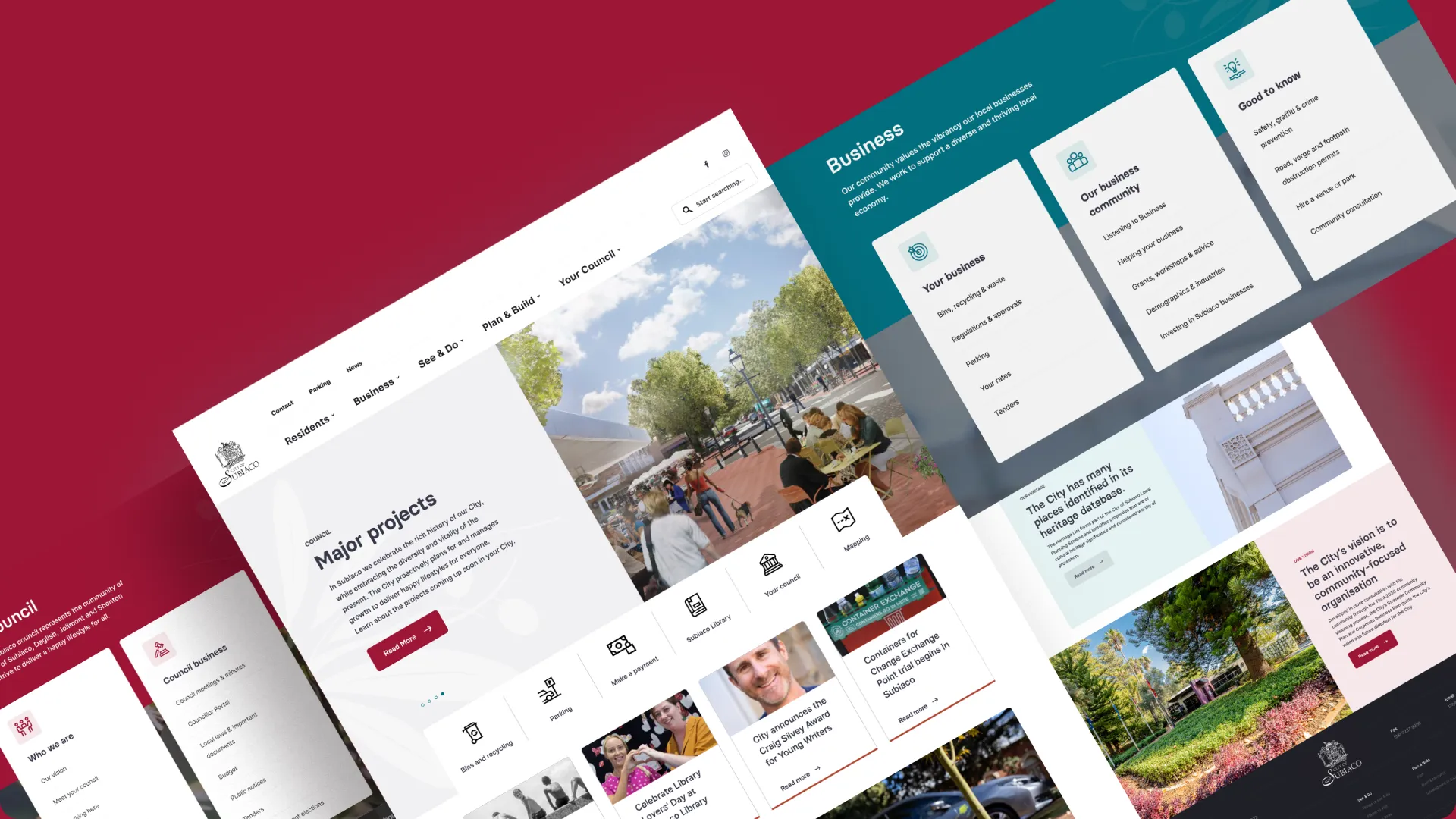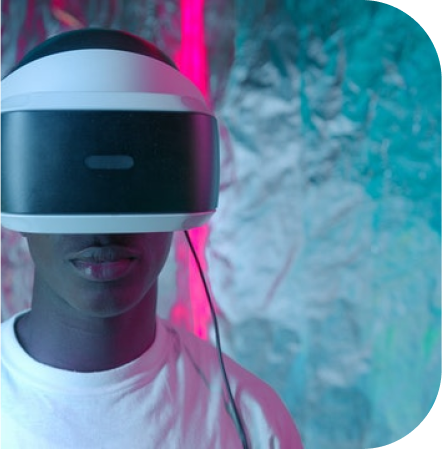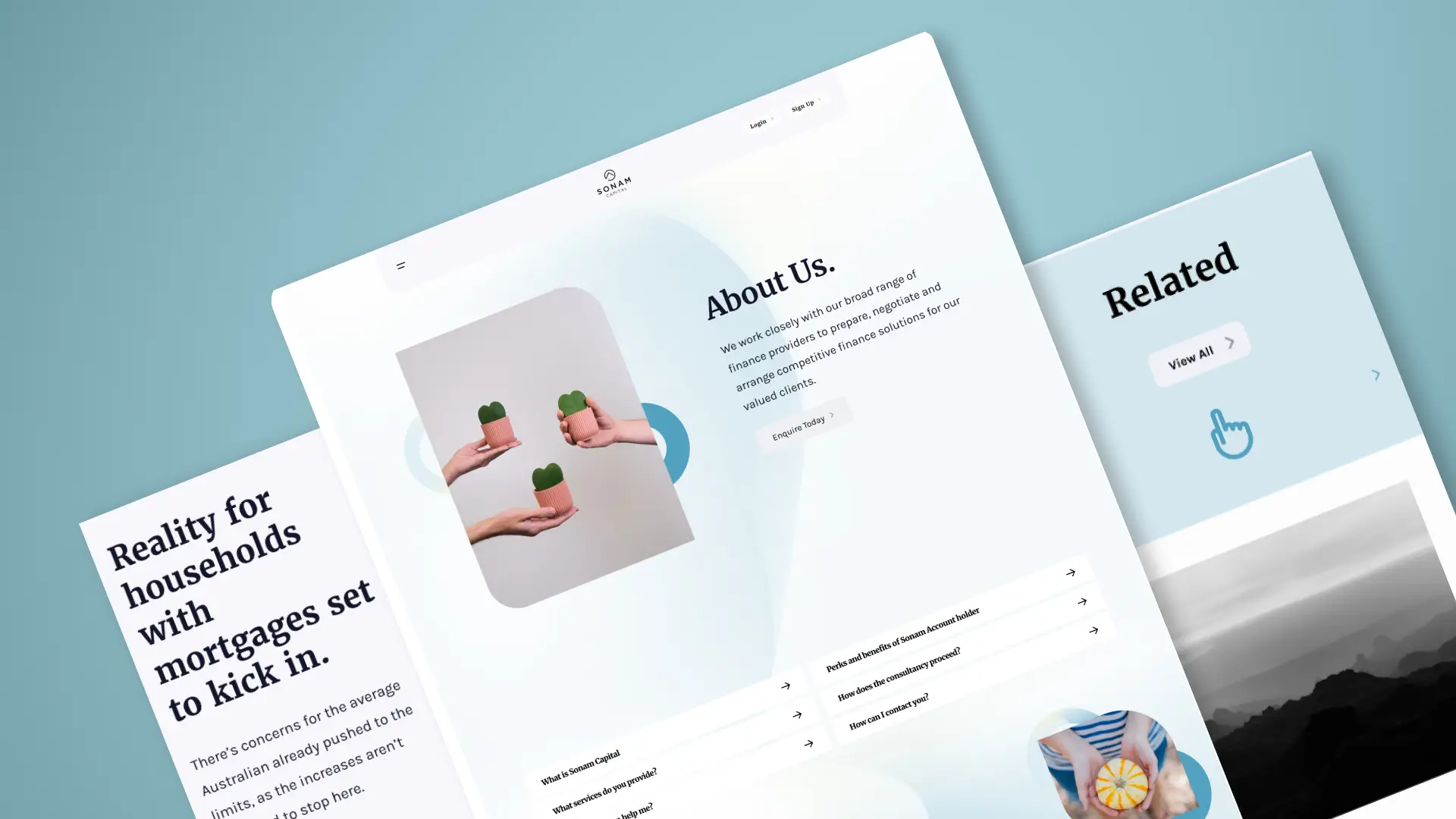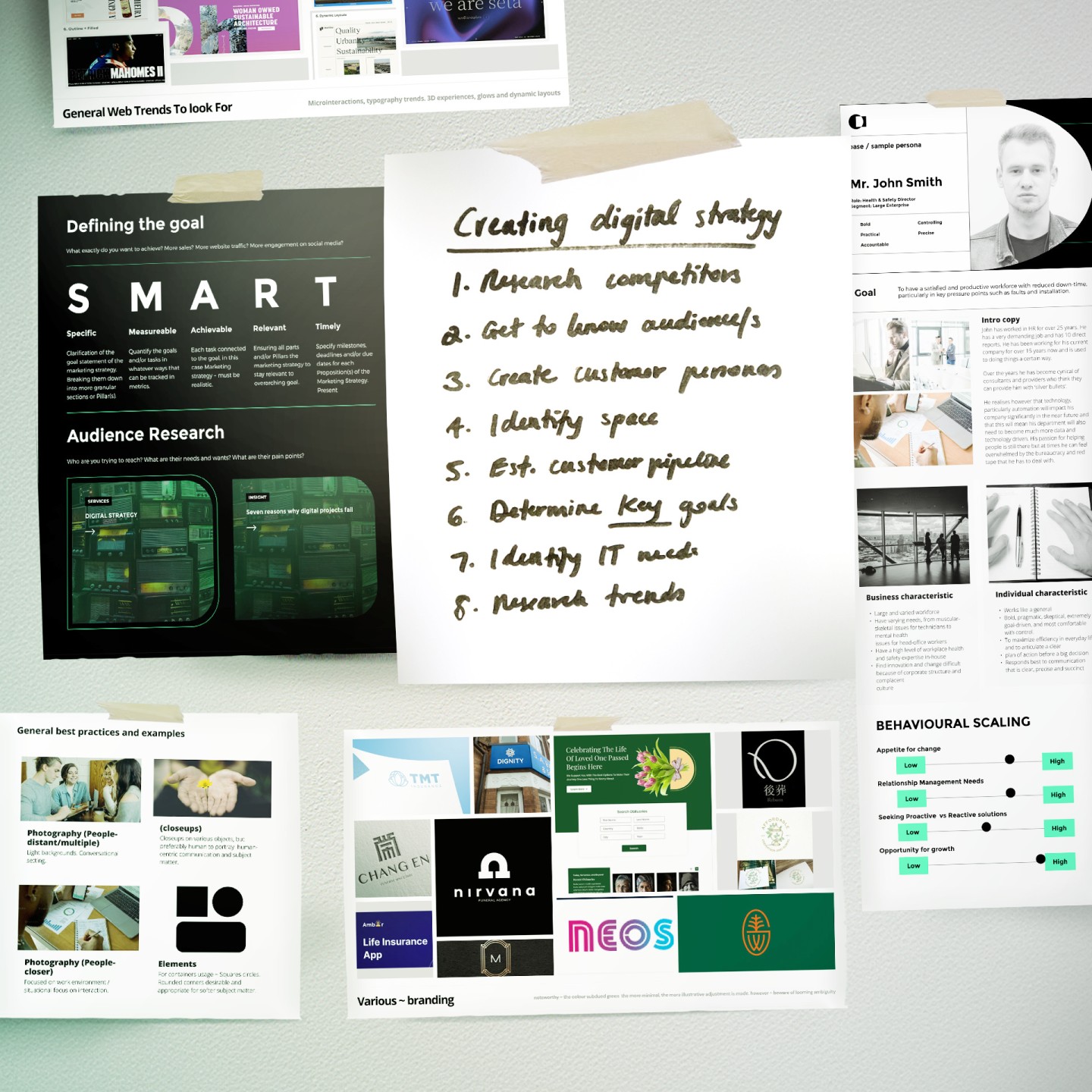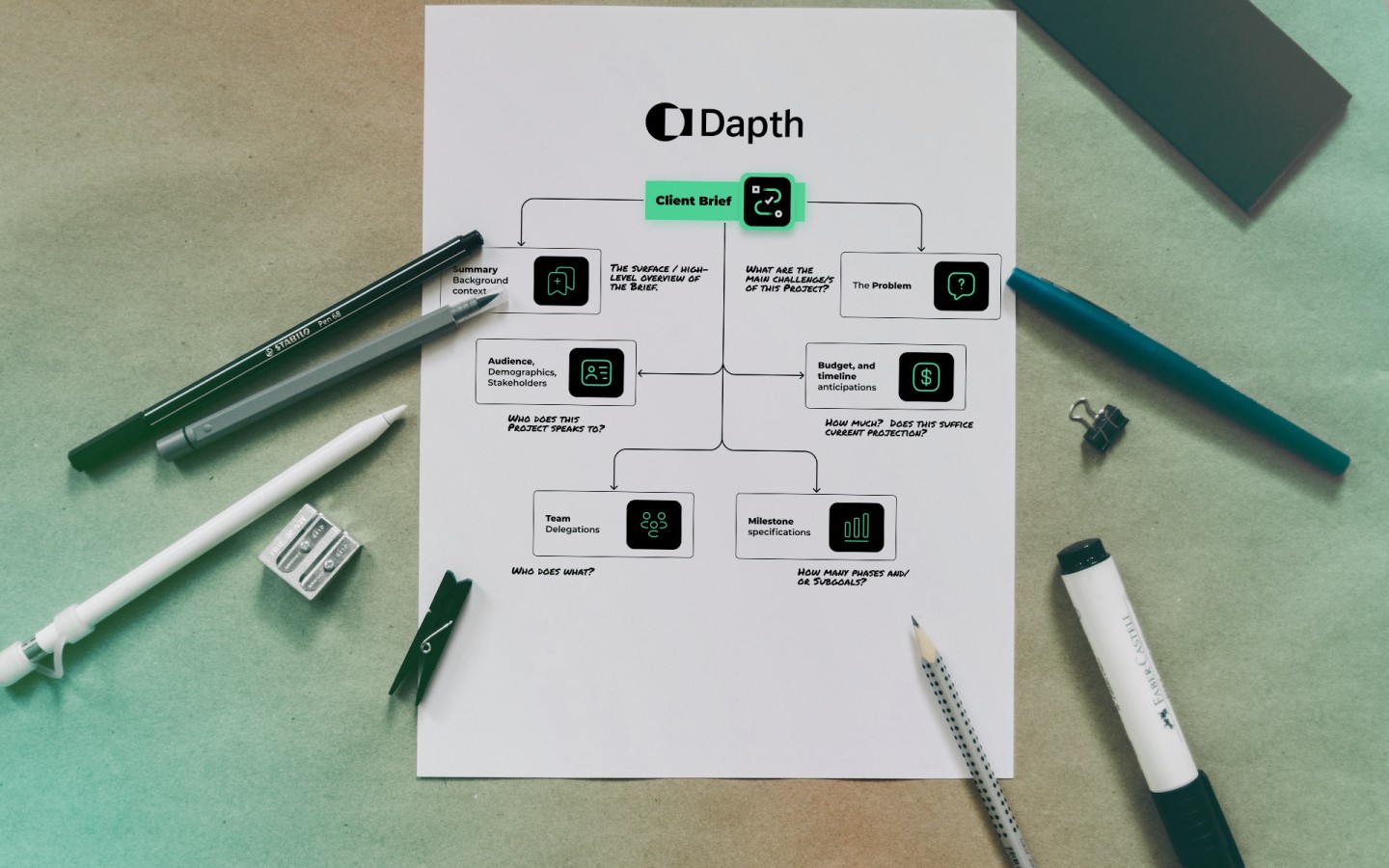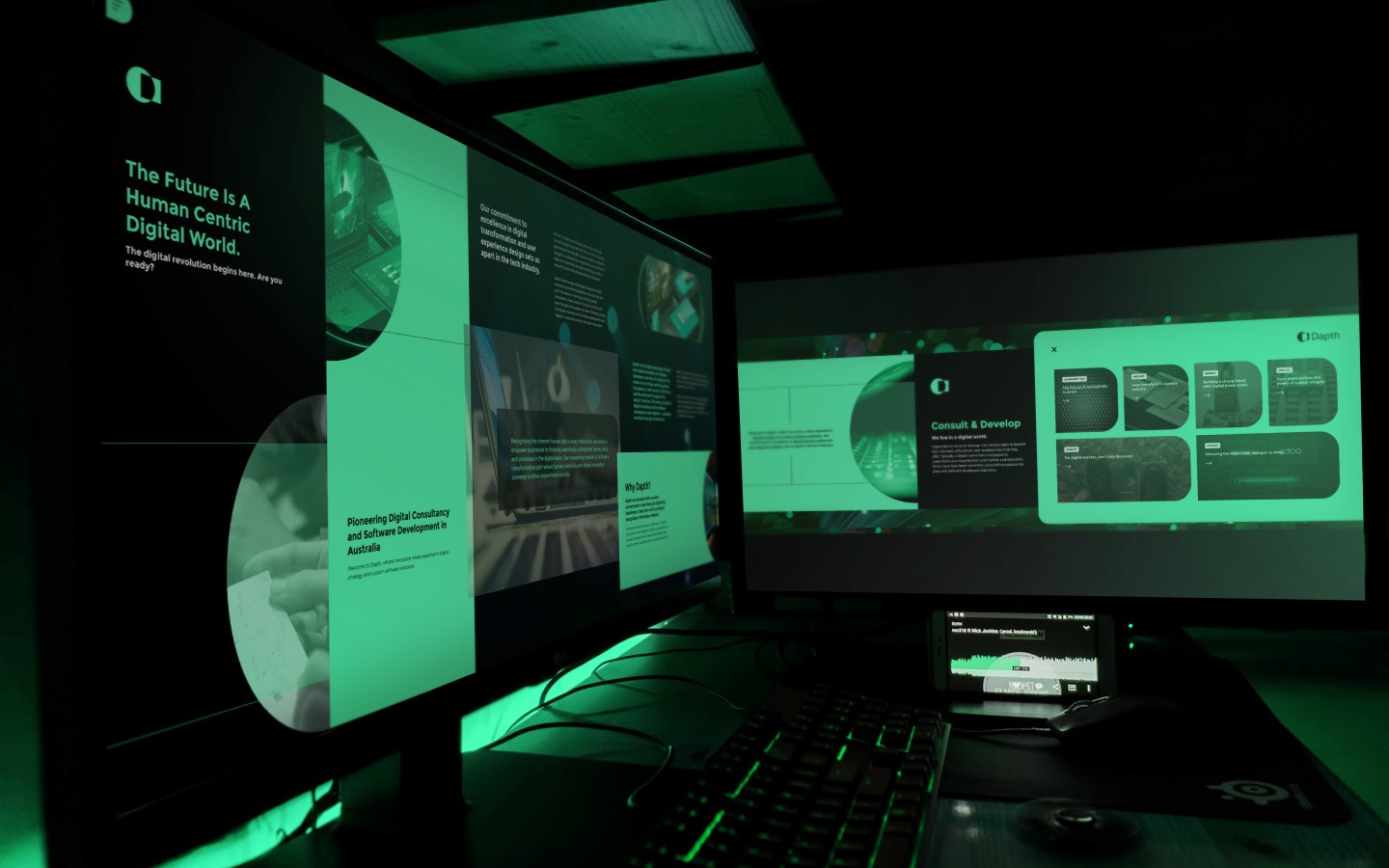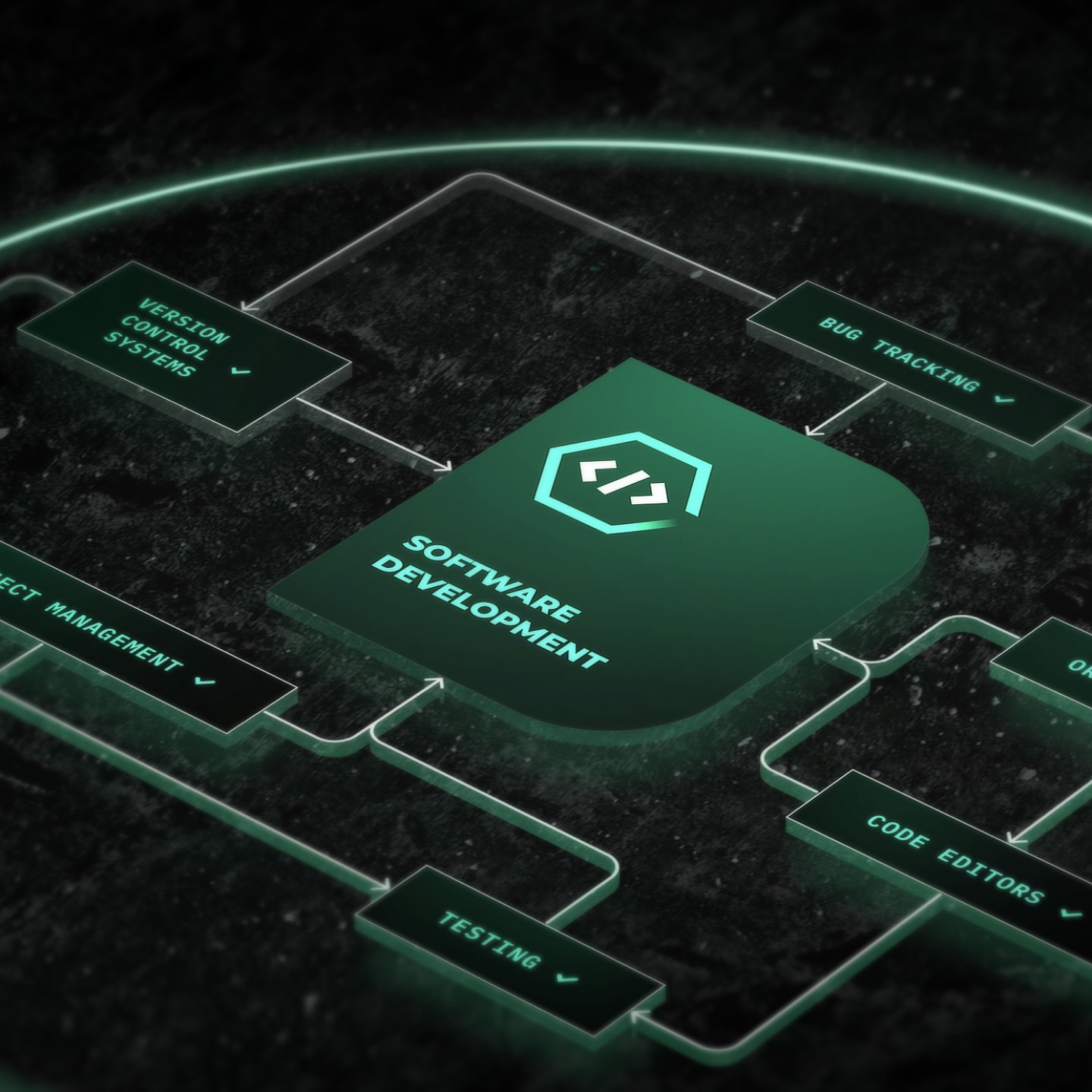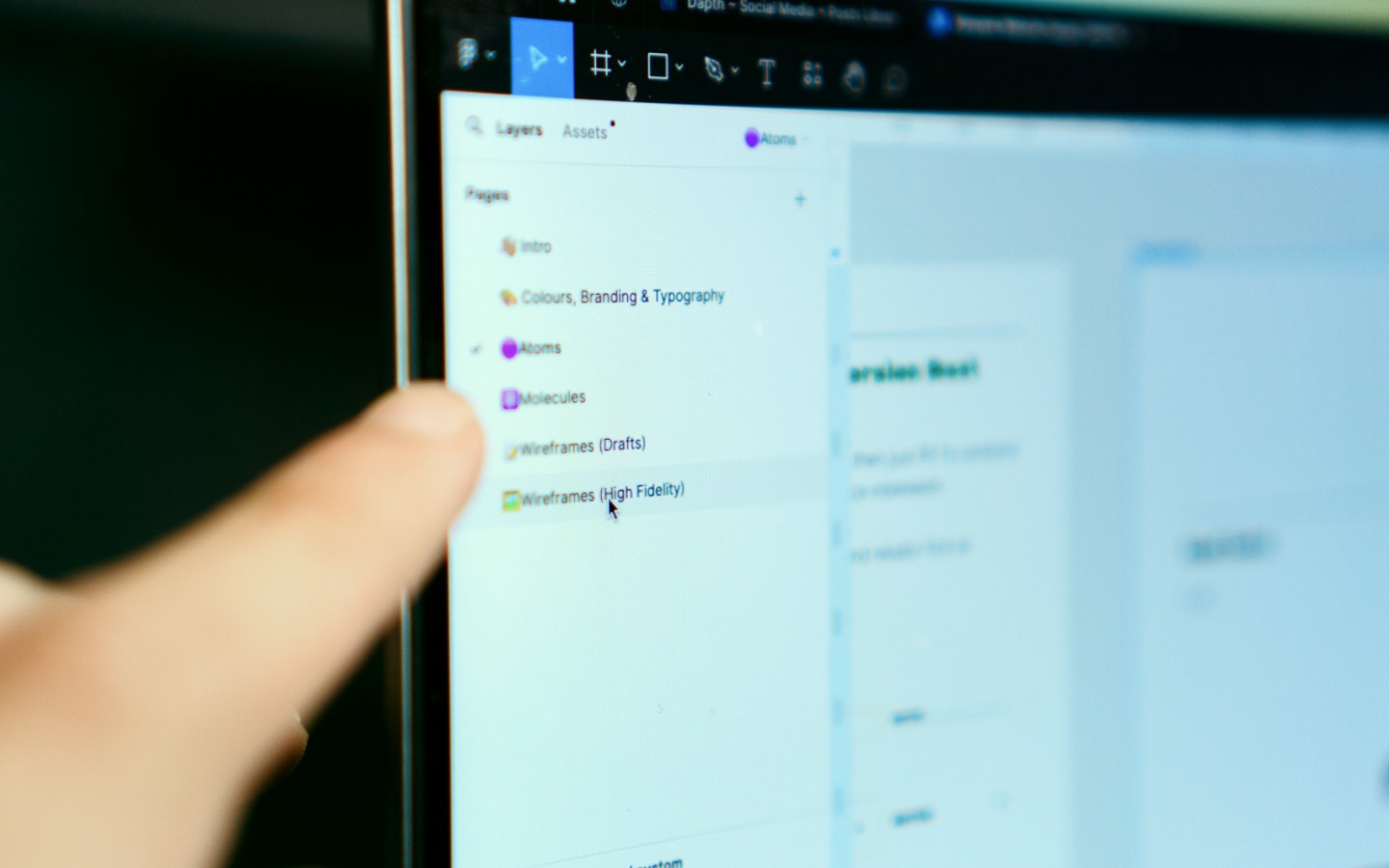
AI is short for 'artificial intelligence', referring to human intelligence replicated by machines.
AI is the simulation of human intelligence or activities being undertaken by machines and/or computer systems.
Currently, ChatGPT is one of the most well-known examples of AI. GPT simulates a human encyclopedia, adapts to new circumstances, and is capable of answering context-rich questions intelligently. Other familiar AI technology systems include Alexa by Amazon, Cortana by Microsoft, Google Home Assistant and Apple’s Siri.
What is AI?
AI has many uses and in many sectors. For example, AI is also having a huge impact in healthcare, by using patient history to flag potential health issues requiring further treatment.
AI is also proving increasingly useful in improving web accessibility. It is timesaving and automates complex manual, time-consuming tasks, streamlining manual processes, such as voice search. Overall, it is improving user experience for those with disability.
"By 2030 the AI market is expected to contribute a staggering $15.7 trillion to the global economy, more than the combined output of China and India."
PwC’s Global Artificial Intelligence Study: Sizing the prize

How is AI Improving Web Accessibility?
"AI has already brought many remarkable tools to disability access and inclusion; what has already been achieved illuminates the promise that AI can facilitate more accessible content for people with disability." (World Institute of Disability)
People with disability face many challenges when trying to access web content. Thus, it is essential that the web is made as accessible as possible.
AI can be used in many ways to improve web accessibility.
1. Automatic Captioning and Transcription
AI can provide live captioning and transcription, and improve its own performance and accuracy over time through self-learning. Many companies are already working on the development of various language translations and caption-based solutions for those with disability. For example, Microsoft has built ‘Microsoft Translator’, which is powered by AI, created for the hearing impaired.
2. Image and Video Recognition
AI can also recognise content type. For example, Google Vision API uses neural networks to recognise the image. This can assist blind users greatly - in terms of the type of image, but also whether it's within the 'safe search' category.
3. Language Translation and Captioning
A well-known example of language translation is Google Translate. AI is also helping improve web accessibility through Google Translate, and Google is increasing its accuracy. The new Google Neural Machine Translation (GNMT) has reduced translation errors by more than 55-85% by sentence based translation. This is in contrast to translating word by word, which often loses the general context of the sentence.
For online video content, AI is making it easier to create caption and subtitles, assisting the hearing impaired to interact.
4. Natural Language Processing
AI can easily generate 'natural language', process, and analyse it. Natural language processing (NLP) is teaching machines to understand, interpret, and generate human language in the way people use language.
5. Text-to-speech and Speech Recognition
Another useful feature that AI can use is creating a summarised version of text from articles or other text online. This can simplify and break down lengthy, complicated information into something digestible for blind and/or visually impaired users.
6. Logging into Devices
Those with disability often find it difficult to login to devices because they usually require a password or four-digit pin. AI can eliminate the need to use either of these ways to log in, using facial recognition instead. Although still in the experimental phase, web developers are experimenting with CAPTCHA alternatives, as these are also inaccessible.
One of the key ways that AI can address accessibility challenges is by producing solutions quickly, with high accuracy. AI can also use emotion recognition to provide improved interaction for neurodivergent users.
There are many categories of AI-based accessibility tools, including:
- Testing tools evaluating accessibility issues or obstacles to a seamless user experience (UX)
- Automatic error fixing tools to monitor and fix issues during development.
- Experience facilitating tools – such as screen readers, improving user experience
With an estimated 1G% of the world's population now living with an impairment (according to WHO), web accessibility is now considered a social responsibility.

Examples
Some examples of how AI has been used to improve web accessibility include:
- The use of automatic captioning and transcription on social media platforms like Twitter and Facebook
- The development of image recognition tools to help people with visual impairments navigate websites
- The use of speech recognition and natural language processing to make chatbots and virtual assistants more accessible to people with disability
Salesforce is a great example of a company using AI - as they have made new breakthroughs in natural language processing.
This included an automatic lip-reading algorithm helping provide web access to the hearing impaired; Google’s DeepMind being a good example of this. It was developed by the machine watching more than 5000 hours of TV to determine the lip movements associated with specific words.
The algorithm can also assist both deaf and hearing impaired users with real-time speech into text, with high accuracy. AI is important for closed captioning, as it is a very time-consuming process when performed manually. For example, a process that previously took more than 10 hours can now be completed in a couple.
Closed captions are used by many individuals. Research shows that about 80% of social media users watch videos on mute, and 69% of people view videos without sound publicly. Closed captions can help boost SEO and get content in front of right people. However, the accuracy of machine-generated closed captions can vary, based on features such as microphone quality and speaker clarity.
Future Trends
AI is playing an increasingly large role in improving web accessibility, and over time, this will increase exponentially.
In the future, we are likely to see AI becoming more advanced and accurate. We will see more advanced image and video recognition tools and language processing with higher accuracy. AI now translates by sentence rather than by word, this will likely incorporate the broader context when translating in the future. It is very likely that machine learning will be utilised to improve accessibility in real-time. Although these AI based accessibility tools and improvements aren’t perfect, they signal a big step forward for those with disability.
AI is imperfect and lacks human understanding. However, it is simplifying the process of accessibility. AI also reduces the cost of both testing and remediation, allowing more websites to remove barriers for those with disability. Whether AI has a positive or negative impact on the world at large depends on the humans working with it. The WID believes that AI is having a positive impact on web accessibility.

Are you ready to take the next step for your business?
Contact us today to set up a free consultation and learn more about our digital services.
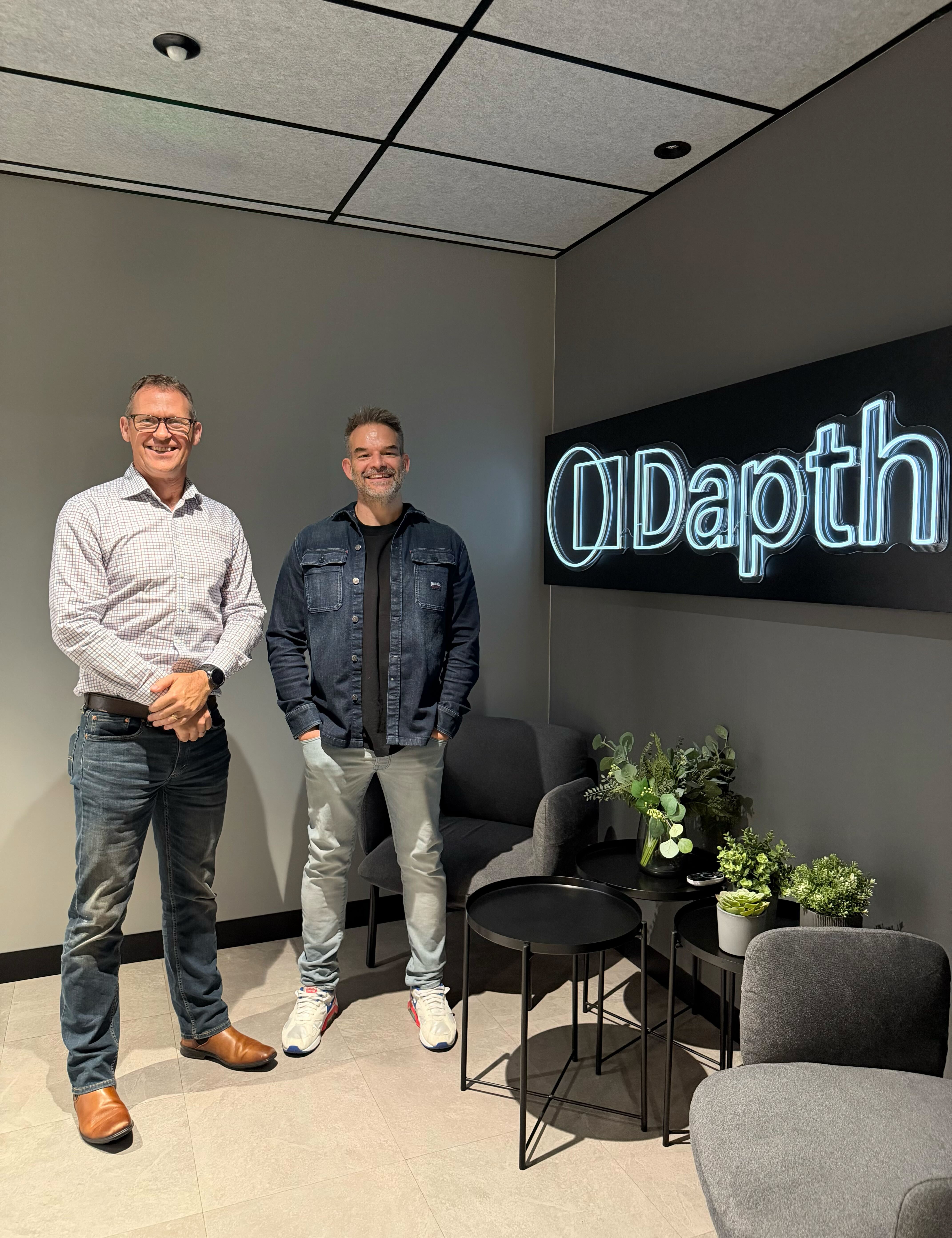


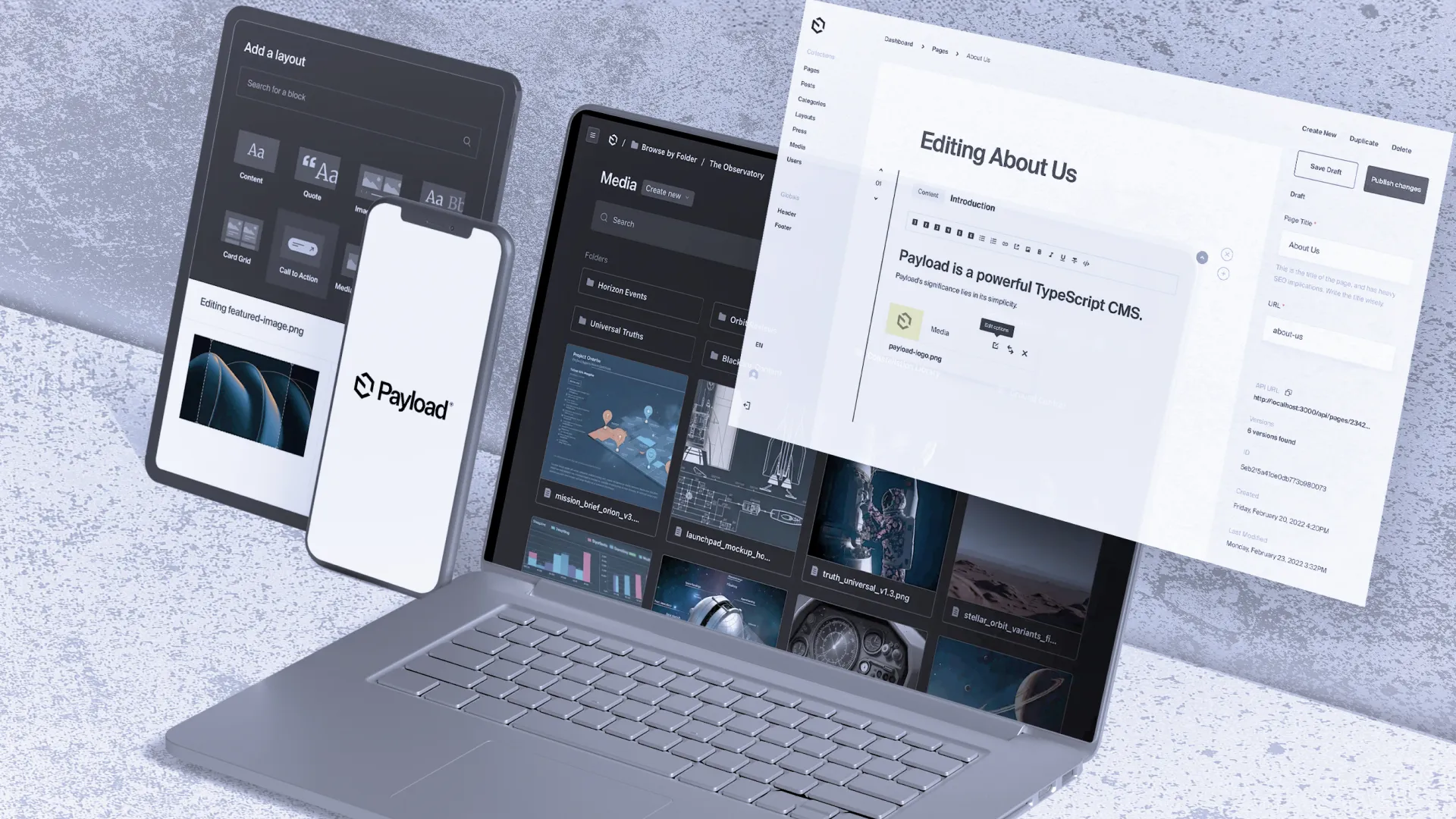

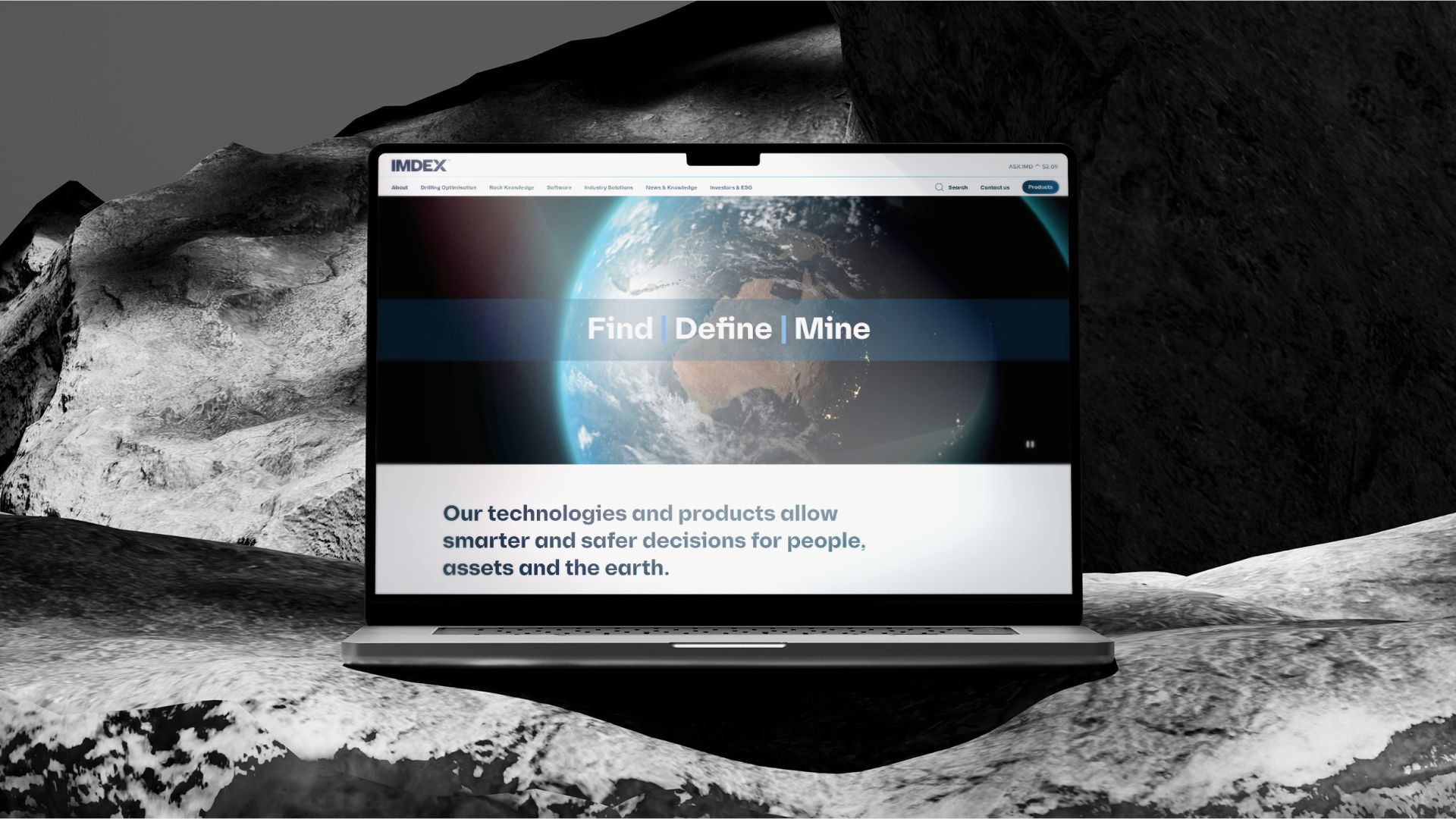
_web.webp)

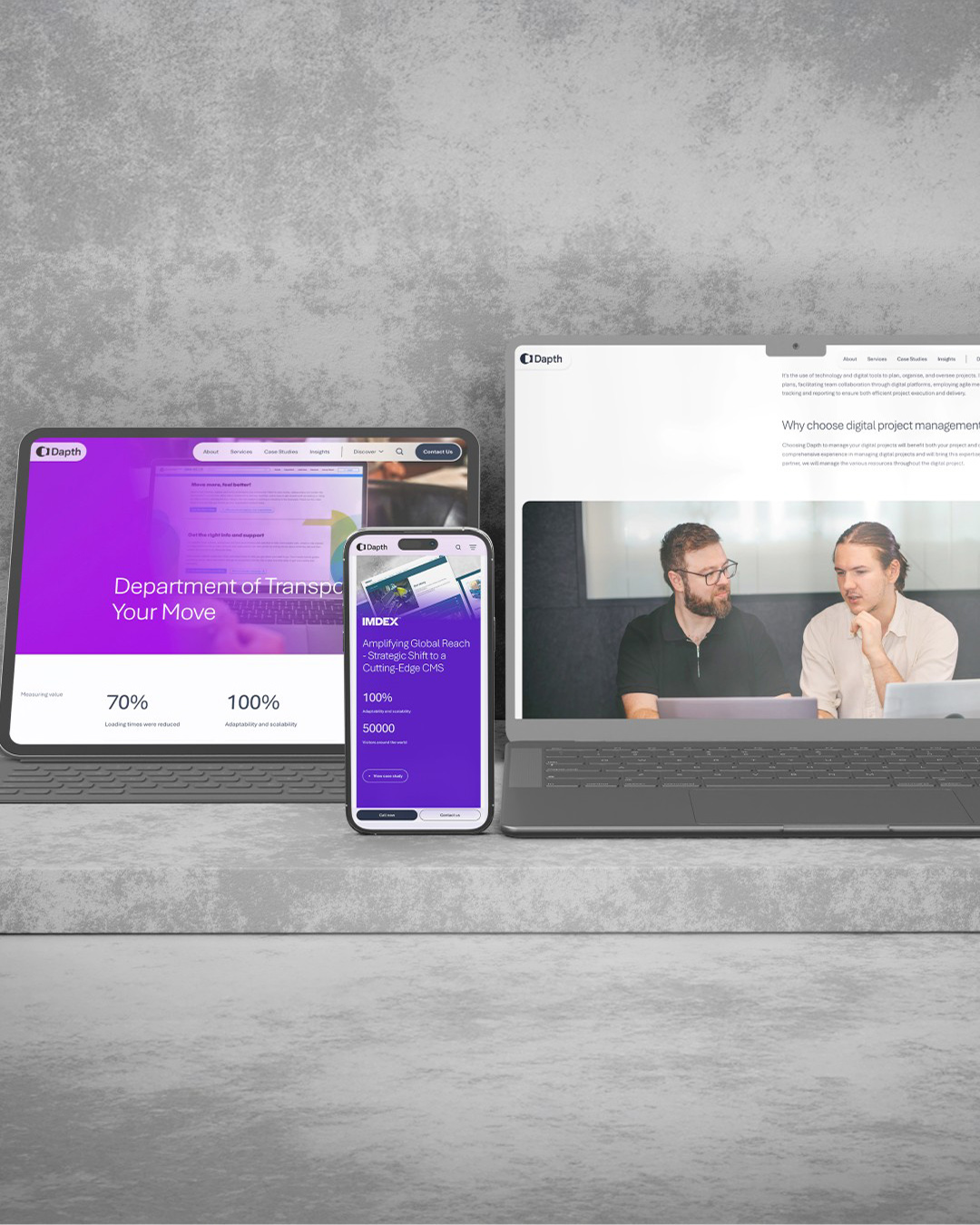



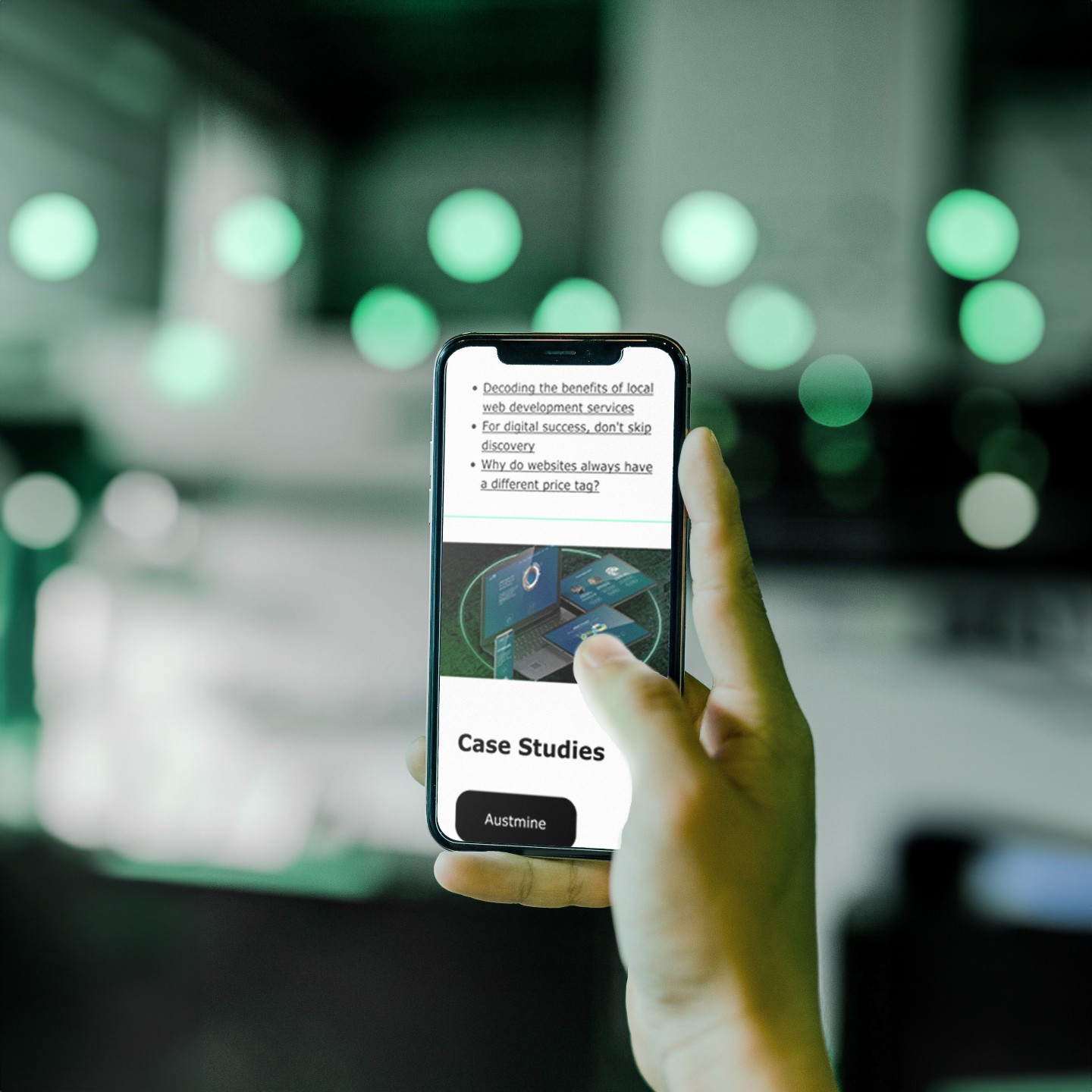

















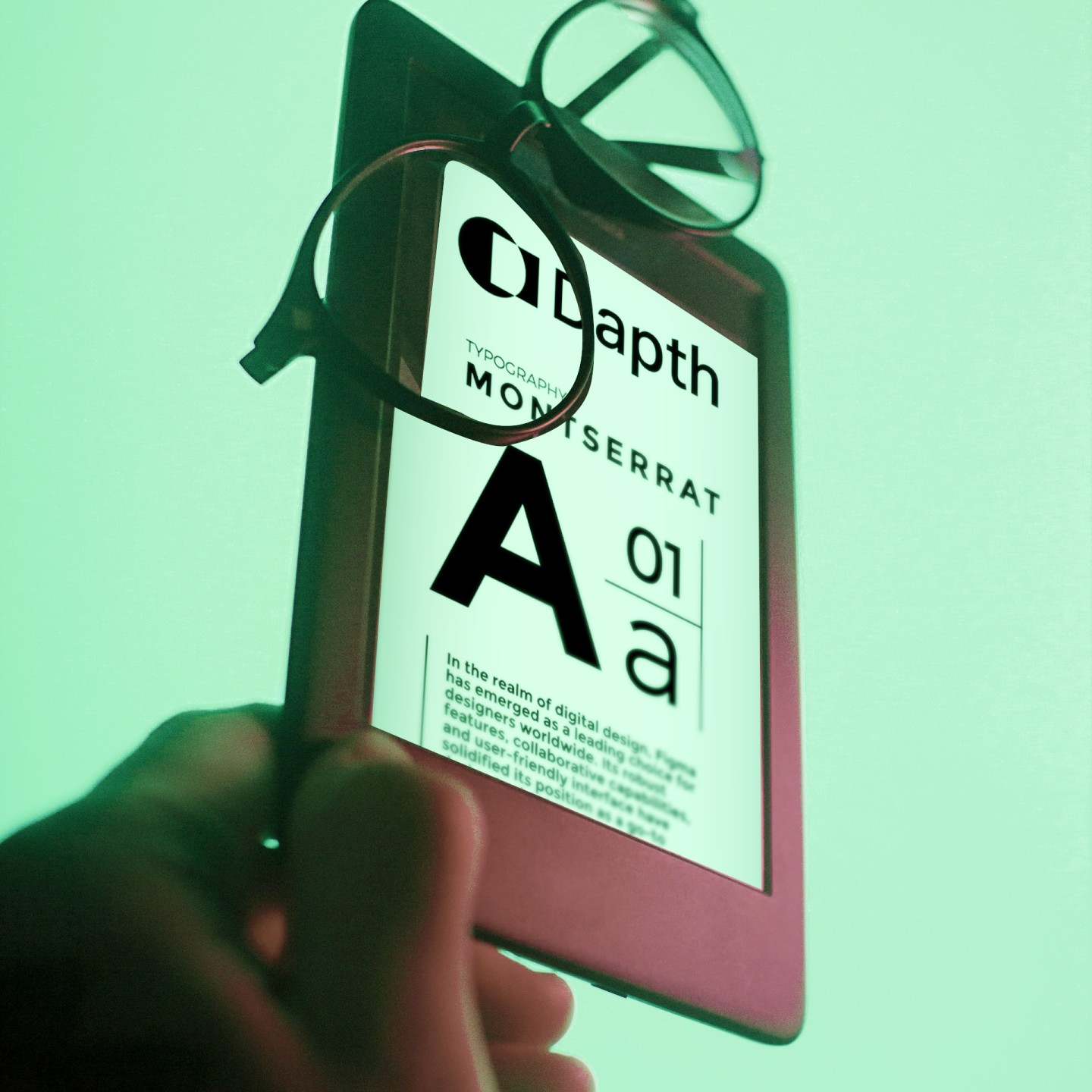







_web.webp)
_web.webp)
_web.webp)

_web.webp)

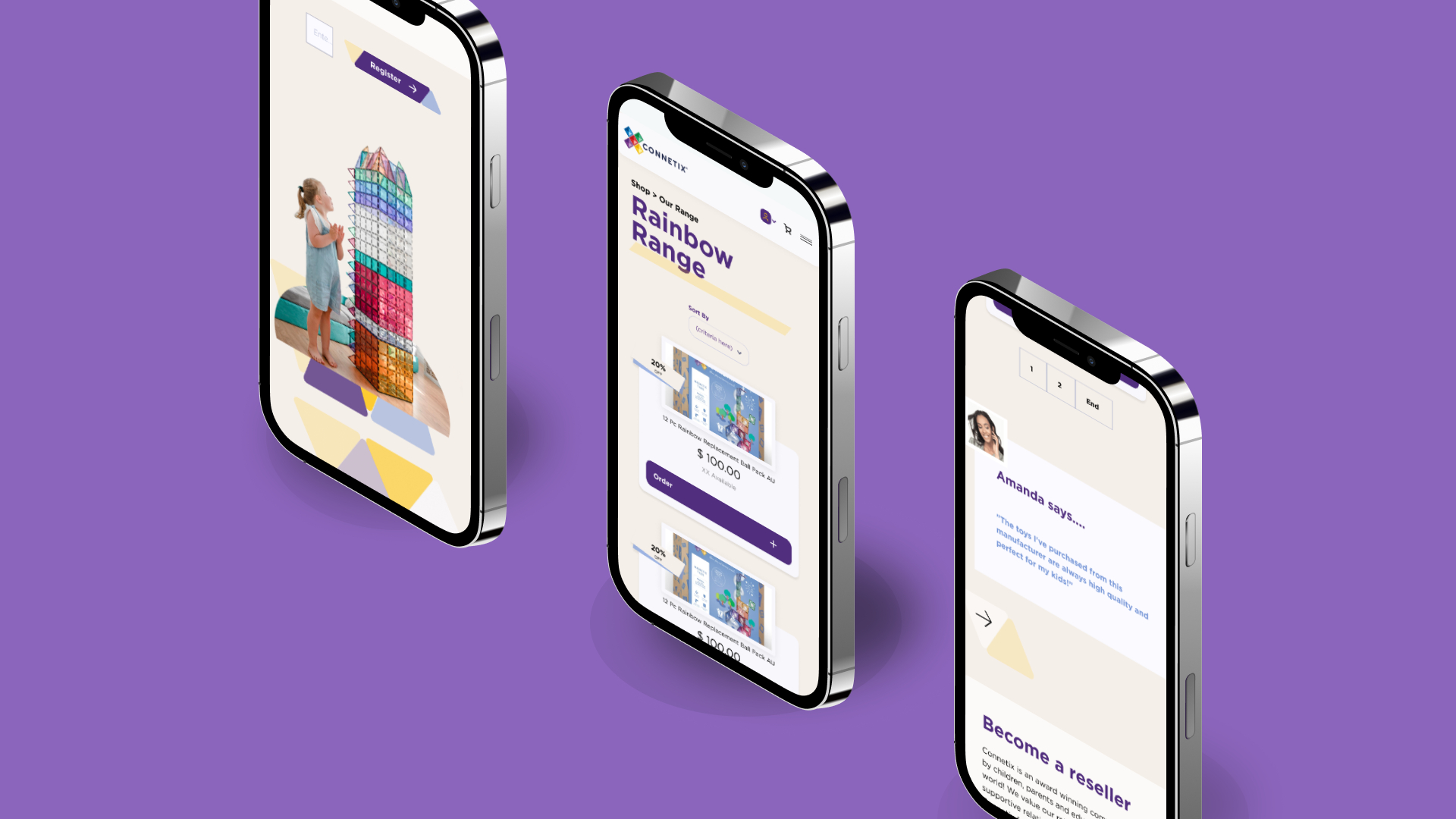
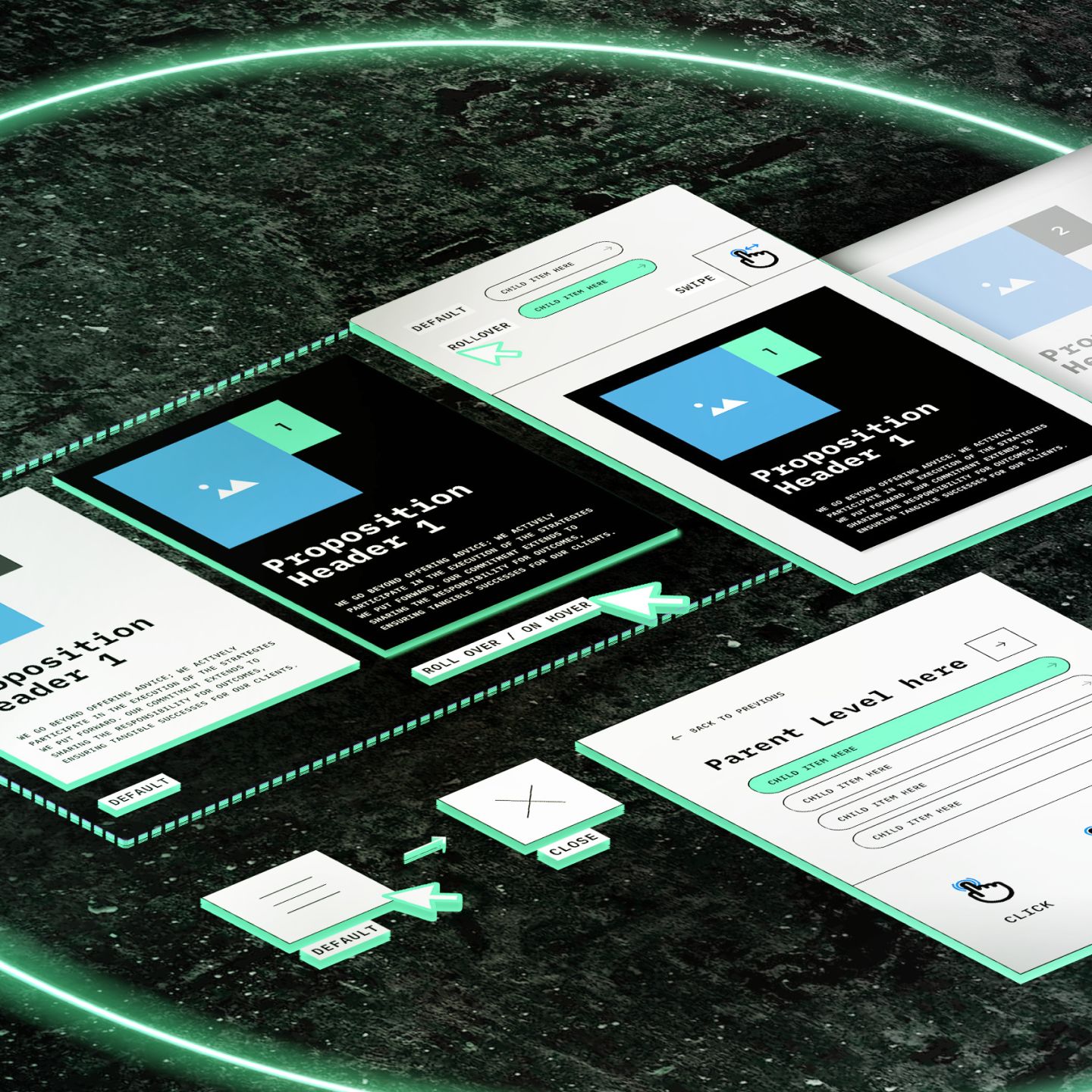
_web.webp)
